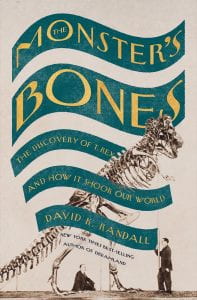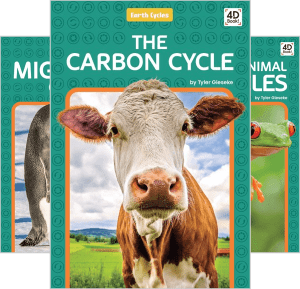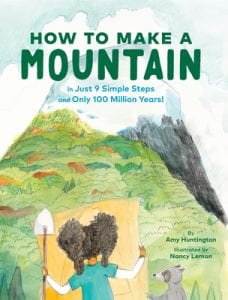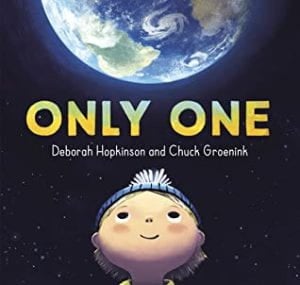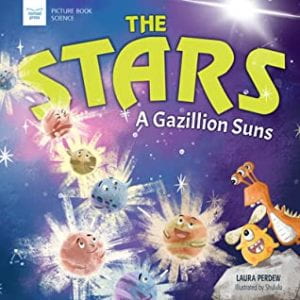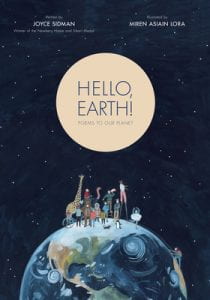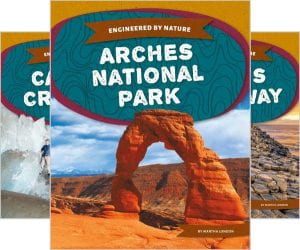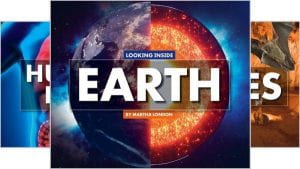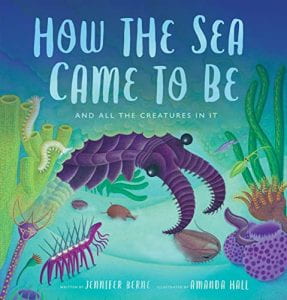 Berne, Jennifer. How the Sea Came to Be (and All the Creatures in It). Illustrated by Amanda Hall. Eerdmans Books for Young Readers, 2023. 978-0-802-85478-0. $18.99. 56 p. Grades 2-5.
Berne, Jennifer. How the Sea Came to Be (and All the Creatures in It). Illustrated by Amanda Hall. Eerdmans Books for Young Readers, 2023. 978-0-802-85478-0. $18.99. 56 p. Grades 2-5.
4.6 billion years ago our Earth was formed. For the next 600 million years the Earth’s surface was hot enough to melt rock. As the Earth began to cool, water formed from condensation, creating clouds and rain. Our oceans were born, and along with them came the first signs of single-cell life. Two billion years ago oxygen began to fill the oceans and atmosphere leading to more complex lifeforms in the oceans. This beautiful nonfiction picture book tells the story of the creation of the oceans and the life within them in rhymed verse. From the fiery start in bold reds and oranges, through the cooling period in icy shades of blue, and the eventual growth of life in luscious greens, the illustrations depict thousands of pre-historic and current day ocean creatures with detailed accuracy. End notes from the author and illustrator explain that our understanding of how the oceans formed is constantly evolving. This book’s information is based on what is currently known about the formation of the Earth, our oceans, and ocean life. Extensively illustrated factual information, recommendations for further research, reading, and viewing for students and educators as well as a selected biography, timeline, and glossary are all included.
THOUGHTS: A treasure trove of extensively researched information in a beautifully illustrated verse story. Useful as a read aloud, read alone, or elementary research resource.
551.46 Oceans

